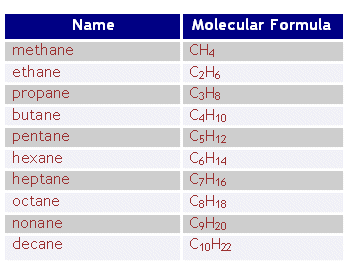There are 3 types of Chemical Bonds :
Ionic bonds which rely on the transfer of electrons
Non polar covalent which rely on the sharing of equal amount of electrons
Polar covalent which rely on the sharing of unequal amount of electrons
Electrostatic Force
-is a force that exists between charged particles in ionic compounds as a result of Attraction/ Repulsion
-operates equally in all directions
In ionic bonds, a metal and non-metal bonds together. Metals tend to lose electrons due to its low electronegativity values and non-metals gain electrons since they have high electronegativity values.
Electrongativity is calculated by this method :
ENeg Diff. = lENeg1 - ENeg 2l
If ENeg Diff <0.5 it's a non polar covalent bond
If ENeg Diff > 0.5 and <1.8 it's a polar covalent bond
If ENeg Diff > 1.8 it's an ionic bond
In covalent bonds, atoms are held together by intramolecular bonds, they are forces within the molecule and it holds the atoms of the molecule together. These forces are very strong.
However molecules are bonded by intermolecular bonds, which are forces between the molecules itself; they are usually quite weak. In a melting process, only the weak bonds are affected, not the individual molecules.
Polarity
-describes electrical blance of molecule.
-imblance with electrical charge--> polar
-if strength is equal on all sides of molecule--->non polar
Higher electronegativity results in partial negative. (δ- between 0 & -1) Lower electronegativity results in partial positive. (δ+ between 0 & +1) The delta δsymbol represents partial.
































